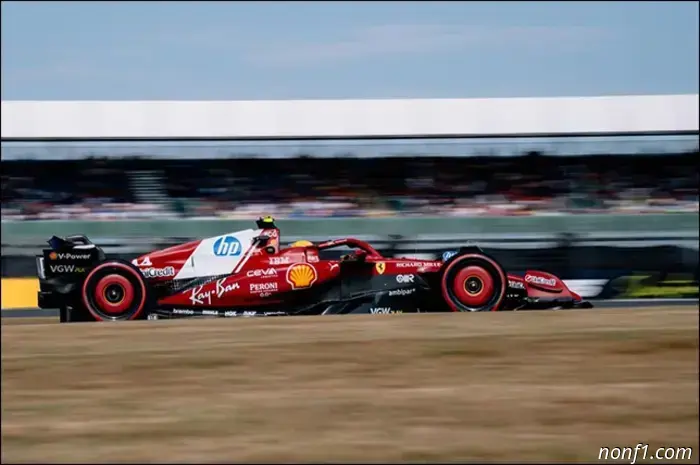
Ferrari driver on the features of the Spa track…
Before the start of the Belgian weekend, Ferrari internal combustion engine engineer Roël Surbron, a Belgian, spoke about the characteristics of the circuit…
Question: The Spa track is one of the most challenging for the powertrain. Can you tell us about these difficulties?
Roël Surbron: The Spa circuit is the longest on the seasonal calendar — 7,004 meters. The most critical feature for the powertrain is two series of high-speed corners.
Since the famous Eau Rouge and Raidillon turns are taken with the throttle fully pressed, the powertrain runs at full power for 23 seconds straight. That’s 1.8 km without lifting off the gas pedal! This long stretch begins after the slowest corner on the track, so it’s important to optimize the powertrain’s performance across the entire RPM range on all gears.
Additionally, from Eau Rouge, the track ascends a steep incline of up to 14%. The turn and ascent place such a load on the powertrain that the car slows down despite having over 900 hp.
The second long “straight” includes the high-speed Blanchimont corner, which is also taken with full throttle. This time, drivers keep their foot down for 20 seconds, covering 1.6 km. These sections are connected by a combination of high-speed corners and a slow chicane. It’s crucial to optimize energy and fuel consumption during long straights without sacrificing speed in the intermediate sections.
Due to the circuit’s length, fuel consumption is high, and the ascents and descents make lap times sensitive to weight. It’s necessary to carefully calculate fuel usage and only fill with the needed amount so the car remains as light as possible.
Question: The Ardennes track is known for unpredictable weather…
Roël Surbron: You need to be prepared for everything at Spa. Rain and cold are as likely here as heat and sunshine. The track is especially demanding on the internal combustion engine in sunny, dry weather when it runs at full capacity. The total elevation change in a spa lap exceeds 100 meters, and atmospheric pressure variations can add extra stress to the turbocharger.
The track is situated at an altitude of 461 meters above sea level, and low atmospheric pressure requires increasing the turbo speed — many components operate at the limit of their design capabilities.
Finally, if it rains, the track’s character completely changes. Instead of raw engine power, handling and energy distribution become critical. The high-speed corners Eau Rouge and Blanchimont are no longer taken with the throttle fully open; smooth acceleration is required to maintain control on the slippery surface.
Other articles
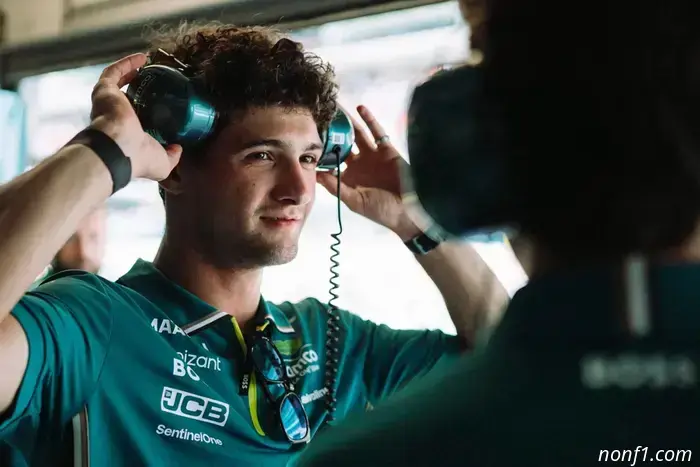 Stroll criticizes the 2026 F1 regulations as an Aston junior stands firm against them.
Formula 1 | Lance Stroll has entered the ranks of Formula 1 drivers who have voiced their dissatisfaction with the 2026 regulations - yet the simulator drivers from his own team (…)
Stroll criticizes the 2026 F1 regulations as an Aston junior stands firm against them.
Formula 1 | Lance Stroll has entered the ranks of Formula 1 drivers who have voiced their dissatisfaction with the 2026 regulations - yet the simulator drivers from his own team (…)
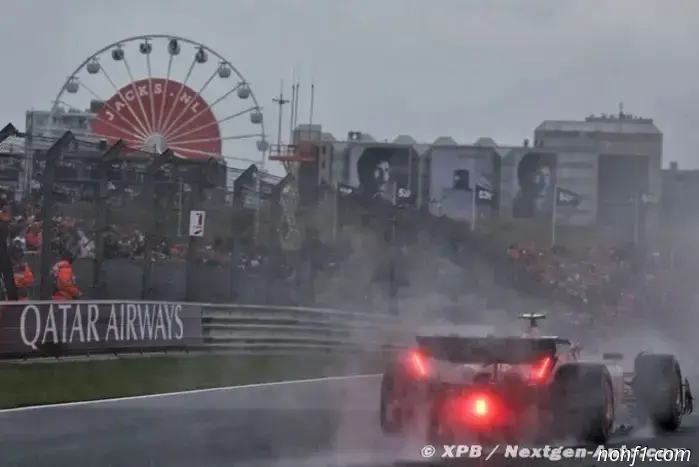 Zandvoort refutes claims of track damage prior to the Dutch Grand Prix.
Formula 1 | Organizers of the Dutch Grand Prix have refuted claims that the Zandvoort Formula 1 circuit suffered damage from the heavy flooding that occurred this week. On Monday, (…)
Zandvoort refutes claims of track damage prior to the Dutch Grand Prix.
Formula 1 | Organizers of the Dutch Grand Prix have refuted claims that the Zandvoort Formula 1 circuit suffered damage from the heavy flooding that occurred this week. On Monday, (…)
 Science: Max and I could make a strong team.
According to one version, Red Bull Racing did not invite Carlos Sainz because they were concerned about tense relations between him and Max Verstappen, but in a recent podcast episode, Carlos stated that he would have had a great relationship with his teammate.
Science: Max and I could make a strong team.
According to one version, Red Bull Racing did not invite Carlos Sainz because they were concerned about tense relations between him and Max Verstappen, but in a recent podcast episode, Carlos stated that he would have had a great relationship with his teammate.
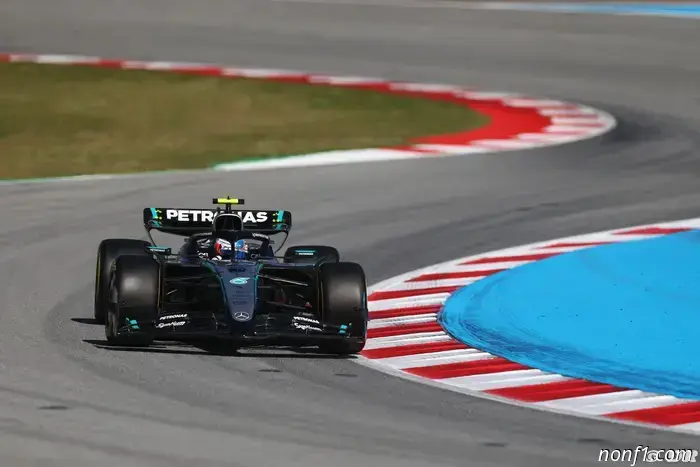 Allison acknowledges that Mercedes struggles with tyre management in 2025.
Formula 1 | James Allison has identified tyre management as the primary weakness contributing to Mercedes' inconsistent performance in 2025 - and the aspect in which the dominant McLaren has a (…)
Allison acknowledges that Mercedes struggles with tyre management in 2025.
Formula 1 | James Allison has identified tyre management as the primary weakness contributing to Mercedes' inconsistent performance in 2025 - and the aspect in which the dominant McLaren has a (…)
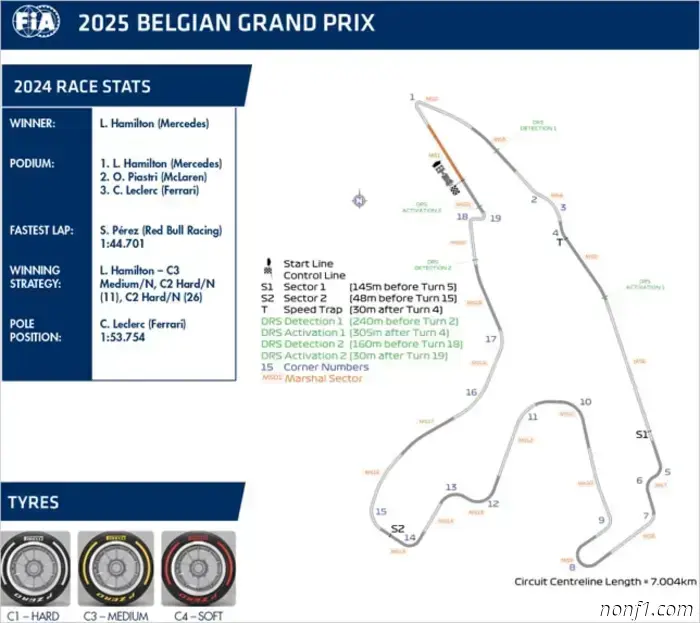 Belgian Grand Prix: Track Changes and DRS Zones
Ahead of the Belgian Grand Prix, the FIA announced changes to the track and confirmed the locations of two DRS zones.
Belgian Grand Prix: Track Changes and DRS Zones
Ahead of the Belgian Grand Prix, the FIA announced changes to the track and confirmed the locations of two DRS zones.
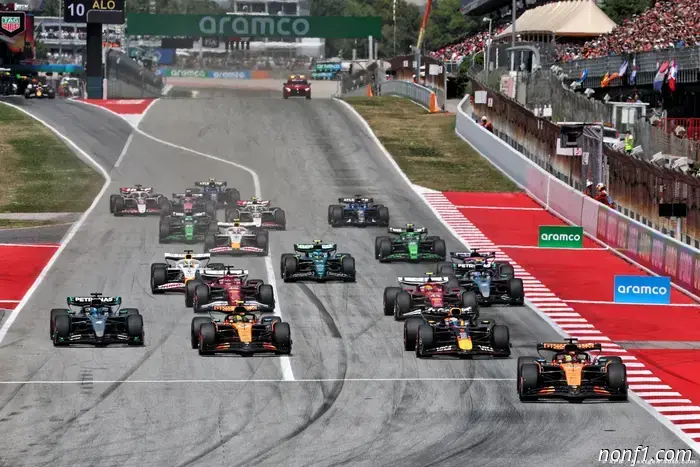 Barcelona moves closer to securing its F1 future beyond 2026.
Formula 1 | Barcelona has made a significant move to ensure its spot on the Formula 1 calendar beyond 2026, as Madrid gets ready to assume the title of (…)
Barcelona moves closer to securing its F1 future beyond 2026.
Formula 1 | Barcelona has made a significant move to ensure its spot on the Formula 1 calendar beyond 2026, as Madrid gets ready to assume the title of (…)
Ferrari driver on the features of the Spa track…
Before the start of the Belgian weekend, Ferrari internal combustion engine engineer, Belgian Roel Surbron, spoke about the track's features...
